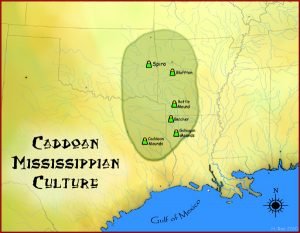Dinger, Theta H. – Obituary
Baker City, Baker County, Oregon Theta H. Dinger, 90, of Baker City, Jan. 18, 2003, at a foster care home in Baker City. Her graveside services will be at 1 p.m. MST Wednesday at the Valley View Cemetery in Vale. Pastor Roy Obermeier of the Willowcreek Community Church at Willowcreek will officiate. Mrs. Dinger was born June 25, 1912, at Alphena Pass, Ark., a daughter of James Howard and Minnie Aleta Walker Rea. She was raised at Barber, Idaho, and was educated at Boise. She married Jiles D. Dinger at Vale on July 13, 1932. They moved from Boise to … Read more

